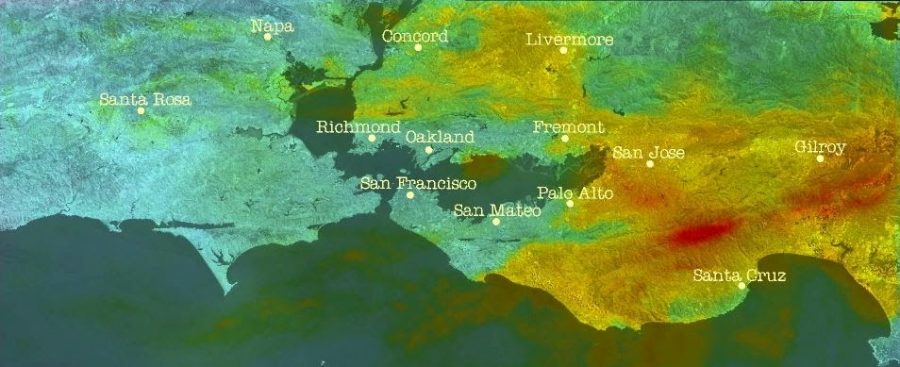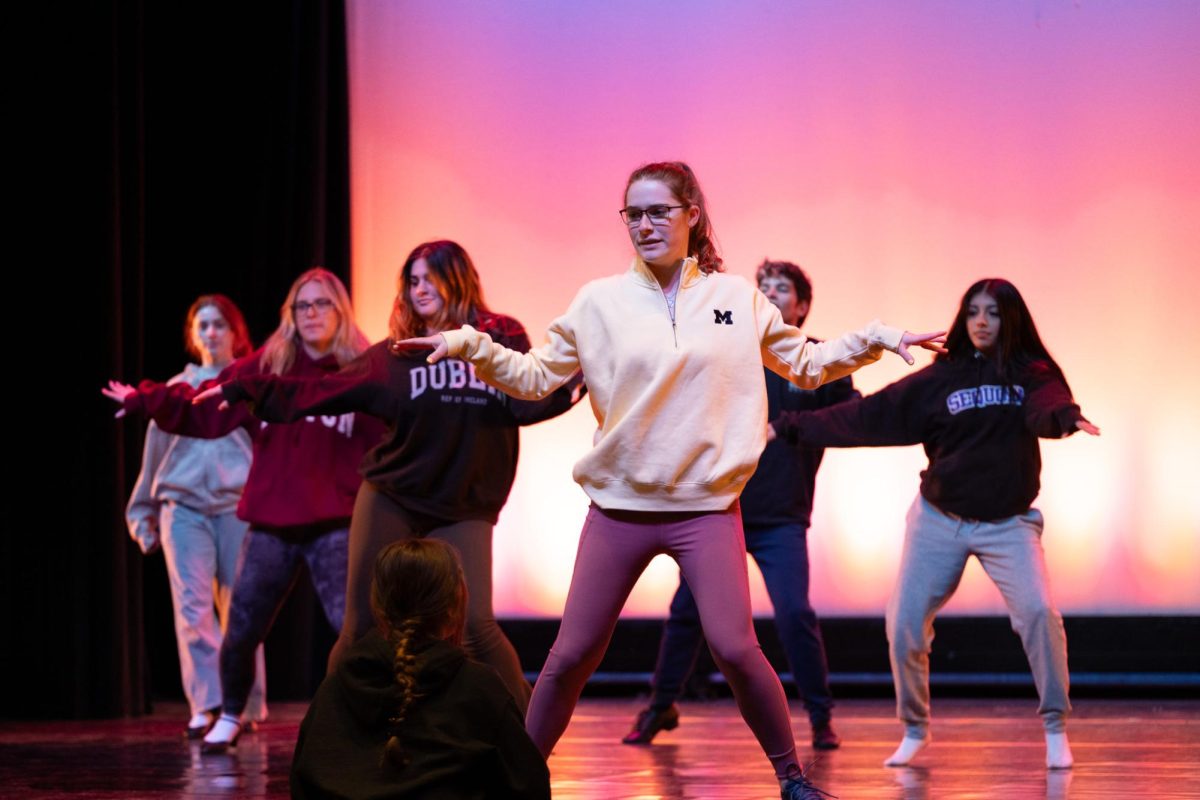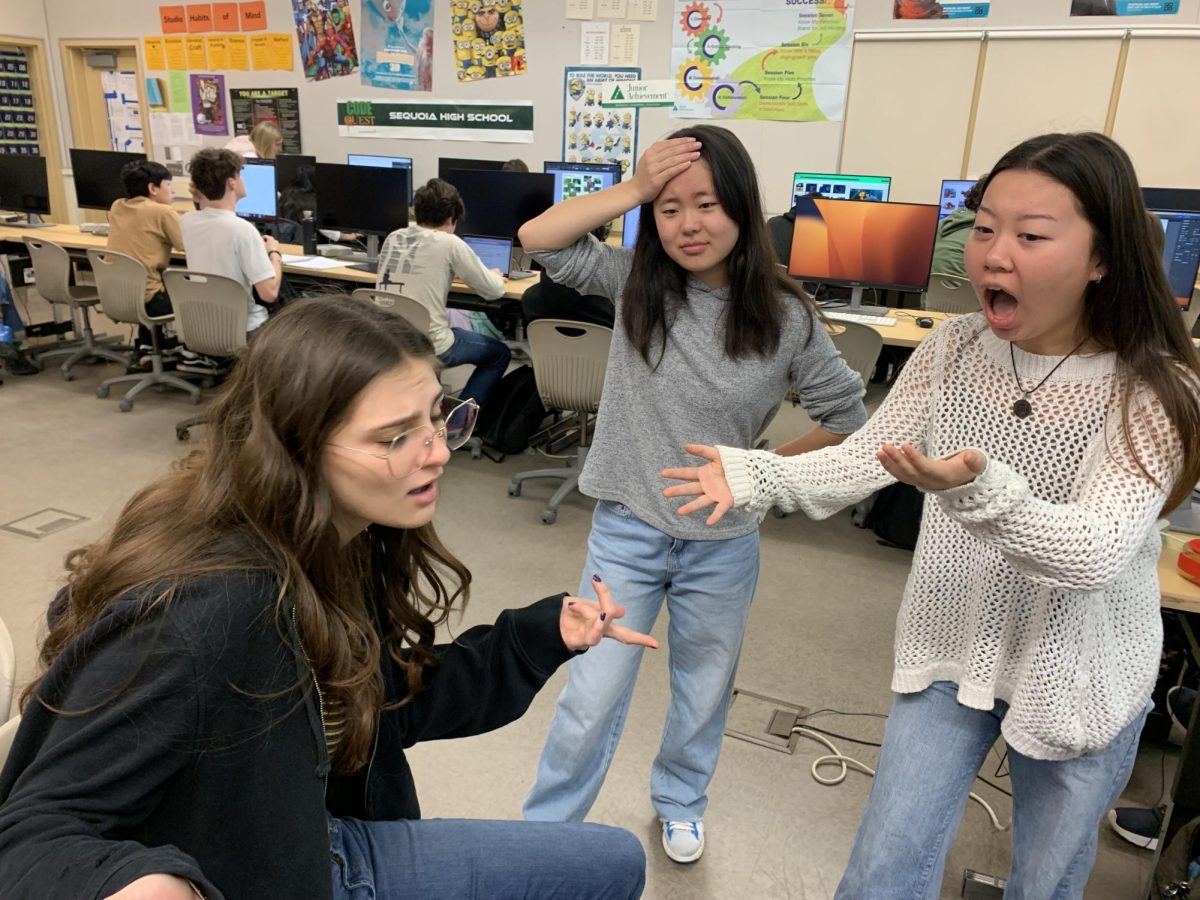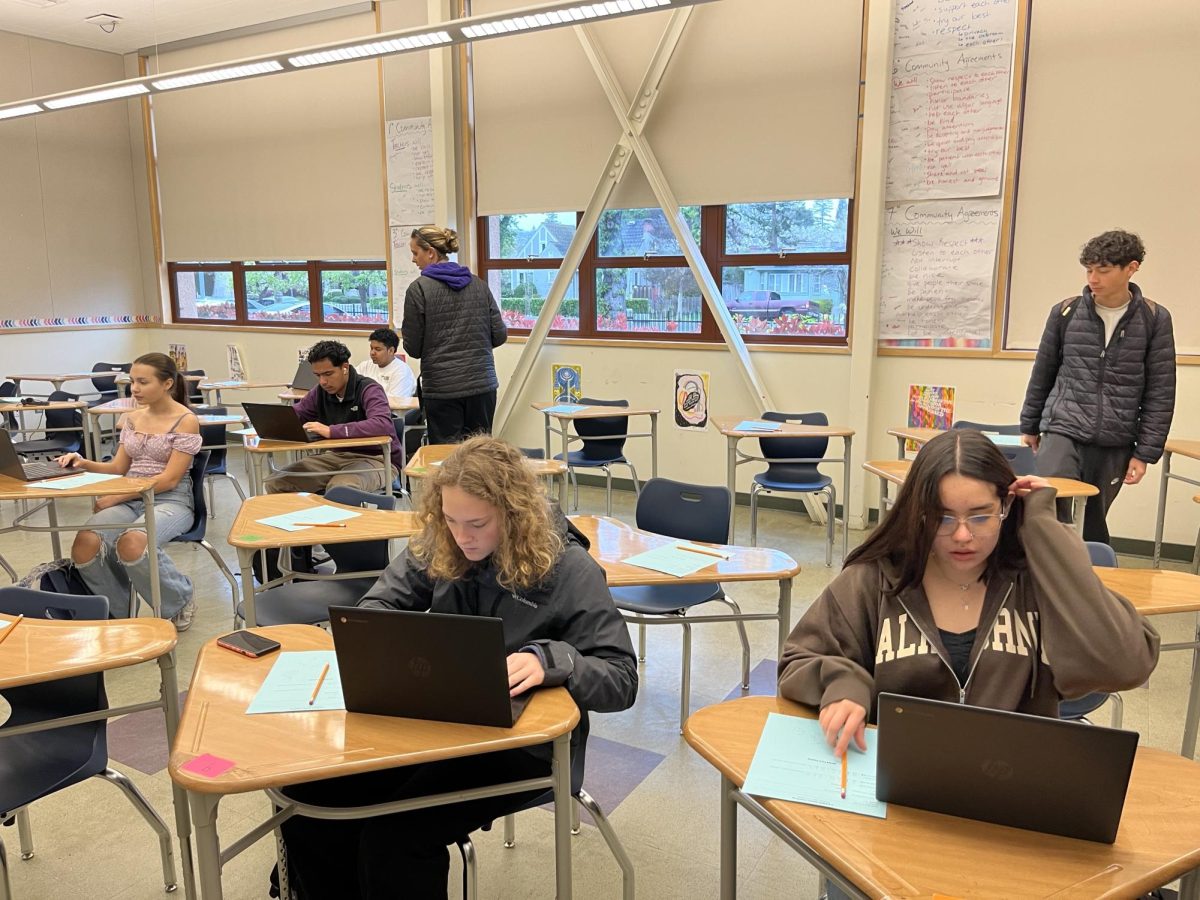California overdue for disaster: a matter of when, not if
November 15, 2017
As the after shock continues to loom in Mexico City, fear of a 7.0 or greater magnitude earthquake is set to shake California within 30 years, according to U.S. Geological Survey (USGS). This statistical phenomenon has been given the name the “Big One” by scientists.
The San Andreas fault stretches 750 miles through California, the most notable city it runs through being San Francisco. Although California’s infrastructure is significantly better at withstanding earthquakes than that of Mexico, USGS also found that the “Big One” has over a 99 percent chance of hitting California. This 7.0 magnitude earthquake has the potential to claim thousands of lives.
In order to counteract the destruction caused by the “Big One” or any other natural disaster, California Ed Code implements mandatory safety procedures to ensure students safety, like the drop and cover drill. Sequoia has also gone as far as remodeling their buildings, such as the M-Wing, which is taking on a new look.
“Administration is making sure that the structure of the M-Wing is earthquake safe and everything is up to code,” assistant Lisa Picchi said “The safety of students and staff is administration’s priority during a natural disaster.”
During Sequoia’s annual earthquake drill, students of the Health Careers Academy
(HCA) took part in organizing and accounting for students. This is the first year students of the HCA have been involved. The students prepared for the drill by taking a course to earn a certification in triage, the process of determining the priority of patients based on the severity of their condition, through the Redwood City Fire Department.
The participation of the HCA has placed higher responsibilities on the students, giving Administration the opportunity to expand their roles in the effort of ensure student’s safety. Senior Sophia Cipriani, a student in the HCA, took the role of first aid during the drill where anyone with potential injuries would go to receive medical attention.
“Instead of Administration going to each teacher on the field, they assigned those roles to the Health Academy students,” Senior Sophia Cipriani said.
Although most students have never experienced a major earthquake, teachers and faculty still have the deep rooted memories of the infamous 1989 Loma Prieta earthquake which hit off the coast of California producing a magnitude 6.9 claiming 67 lives and over 5 billion in damages. It is close to that of the predicted “Big One” scientists claim is next.
“My experience was horrific,” Picchi said “I was driving under an overpass when it collapsed. It was chaos. Everyone for themselves.”
Picchi cautioned students to be helpful rather than unsympathetic to those in need.
“There are more students than staff so we rely on the students to be able to step up and help,” Picchi said “I’d love to see more students get involved.”

Around 80 percent of all earthquakes occur along the shore of the Pacific
ocean, in Asia and in the Americas. California is notorious for this risk.





